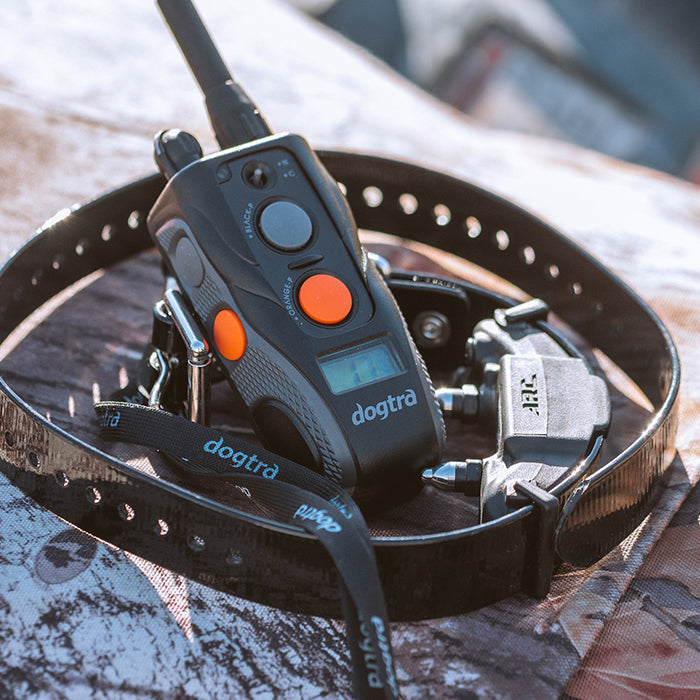**PLEASE NOTE-WE ARE NO LONGER IN TORRANCE, CA.-OUR ADDRESS IS 12322 MONARCH ST, GARDEN GROVE, CA. 92841**
Product Guide
REMOTE CONTROLLED DOG TRAINING E-COLLARS
- 200C
- 200iQ
- 200 NCPT
- 280X
- 280C
- TOM DAVIS EDITION 280C
- TOM DAVIS EDITION 280C Boost & Lock
- TOM DAVIS EDITION 280C 2.0
- 1900X
- 1900X 2-DOG UNIT
- 1900X BLACK EDITION ONE-DOG UNIT
- 1900X CAMOUFLAGE ONE-DOG UNIT
- 1900X HANDSFREE ONE-DOG UNIT
- 1900S
- 1900S BLACK
- 1900S BLACK Boost & Lock
- 1900S/1902S HANDSFREE PLUS
- 1900S/1902S HANDSFREE PLUS Boost & Lock
- 1900S WETLANDS
- 1900S WETLANDS Boost & Lock
- 2300NCP EXPANDABLE
- 3500X
- ARC
- ARC HANDSFREE PLUS
- ARC HANDSFREE PLUS Boost & Lock
- ARC-X
- DUAL DIAL
- EDGE
- EDGE RT
- iQ MINI
- iQ PLUS
- CUE
- CUE GEN2




